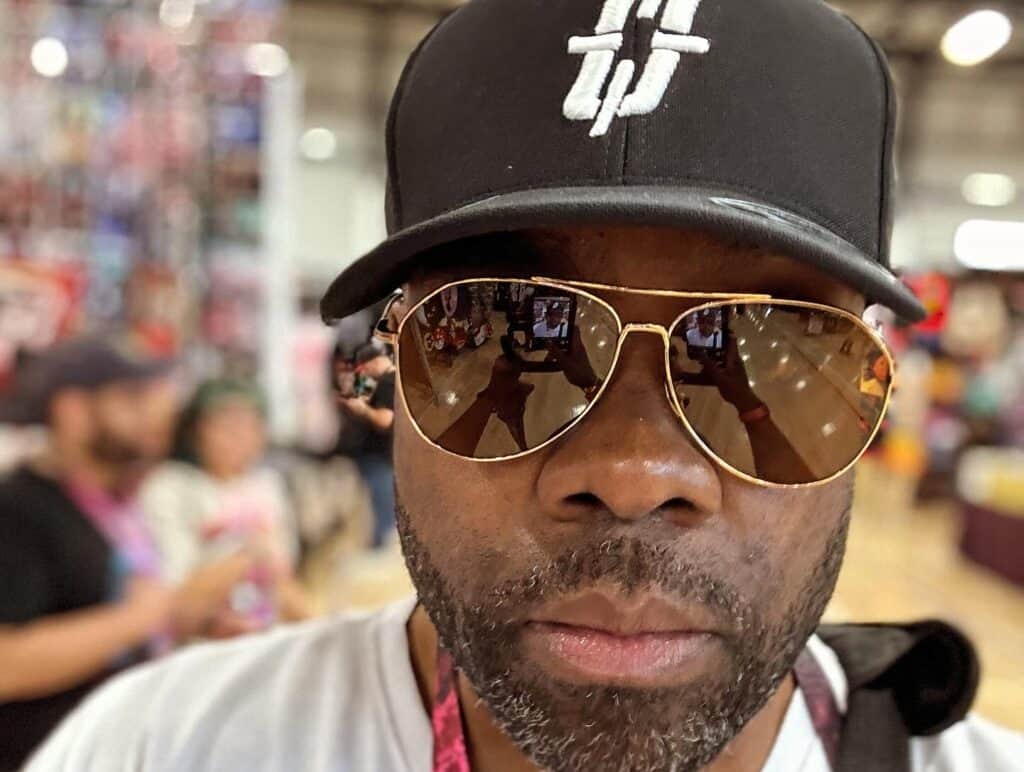The rule was clear. No sex outside of marriage. That’s what they told us. Over and over, until it sank so deep into our bones that even our thoughts became suspects. Lustful thoughts, wandering eyes, desire itself—it was all branded as sinful. Dangerous. Damning. In church basements, youth retreats, and Sunday sermons, the message was sewn into our spiritual DNA: no fornication. And if you dared cross that line, whether by will or by force, it didn’t matter. You were impure. You were to blame.
But what if that rule, that heavy-handed moral code, wasn’t just about purity? What if it served a darker purpose—one carefully disguised beneath robes and scripture? What if the doctrine of sexual sin wasn’t only a guardrail for the faithful, but a shield for the powerful? What if it was never about God, and always about control?
In churches around the world, a chilling truth has begun to surface—one that survivors have whispered for generations. The very same “no fornication” rule that claimed to protect spiritual integrity was used to silence the abused. It blurred lines, distorted justice, and offered sanctuary not to the brokenhearted, but to the ones who broke them.
Let’s talk about it.
For centuries, religious institutions have shaped cultural norms, particularly around sex. In Christian churches, abstinence has long been championed as a virtue, a sign of faith and obedience. But this cultural climate, saturated with shame and repression, created the perfect environment for abuse to flourish—and for abusers to go unpunished.
The Catholic Church’s global child sex abuse scandal is the most visible example. Investigations have uncovered over 330,000 child victims in France alone, spanning decades. In the U.S., thousands of priests have been accused of molesting children, often boys, with their crimes concealed by bishops who moved them to new parishes instead of reporting them to law enforcement. What enabled this pattern?
A culture where sexual transgressions were treated monolithically. Where the focus was not on the harm done, but on the fact that sex had occurred. In that framework, whether a teenager was seduced by a peer or molested by a priest, the sin was the same: fornication. The response? Confess, repent, move on. That theology doesn’t just erase consent—it erases crime.
But it’s not just the Catholic Church.
In evangelical communities across the U.S., the purity movement of the 1990s and 2000s imposed rigid expectations around abstinence. Girls were given purity rings, made vows to their fathers, and taught that their worth was tied to their virginity. But when abuse happened—when a youth pastor coerced a teen girl, or a church elder took advantage of a babysitter—the community often reacted the same way: silence her, protect him.
Because if all sex is sin, then she sinned too.
And that’s the weaponization of doctrine.
One former evangelical named Emily Joy, co-founder of the #ChurchToo movement, wrote about her experience being groomed by a church leader at 16. When she came forward, she was told that they had both fallen into temptation. She was a child. He was a grown man. Yet purity culture treated them as equals in sin.
In Black churches, the story isn’t much different, only cloaked in different language and cultural nuance. The church has long been a cornerstone of Black life—a place of refuge, resistance, and community. But it’s also been a place where patriarchy hides in plain sight. Where charismatic leaders are revered, even when their behavior crosses lines. And when those men are accused of misconduct, the accusers—often young women—are told not to “tear down a man of God.”
The pain is compounded by how early this indoctrination begins. Religion—particularly in America—is woven into the childhood experience. We don’t question it because it’s introduced before we can reason through it. Bible stories are taught before consent education. Sin is discussed before bodily autonomy. Kids are taught to obey authority—pastors, parents, elders—without question. That’s not faith. That’s grooming.
And that grooming is strategic.
Psychologically, early religious instruction that equates sexual thoughts with sin conditions children to associate their natural development with guilt. Developmental psychologist Dr. Darcia Narvaez has written extensively on how this can cause long-term harm, stunting emotional growth and fostering trauma responses. When abuse occurs in such environments, victims often internalize shame rather than recognizing that they’ve been wronged.
They don’t say, “He hurt me.”
They say, “I fell.”
That distinction is everything.
In communities where “no fornication” is law, reporting sexual abuse becomes nearly impossible. Victims are seen as spiritually compromised. And predators? They repent. They cry. They’re restored.
The victim remains broken.
Let’s be clear: religious institutions aren’t the only spaces where abuse happens. But they are uniquely equipped to cover it up. Because their authority isn’t just moral—it’s divine. To question a pastor, priest, imam, or rabbi is to question God himself. And when you fuse spiritual obedience with patriarchal control, you get a system that doesn’t just tolerate abuse—it absorbs it.
Data from the Royal Commission into Institutional Responses to Child Sexual Abuse in Australia found that 61.8% of survivors who spoke to the commission were male, and the average age of abuse was 10.4 years. But more telling was how institutions responded. In the majority of cases, churches failed to report allegations to police, opting instead for internal resolutions that protected the church’s image.
This is not righteousness. It is reputation management.
In Islam, too, there have been similar reckonings. In 2018, Muslim women began using the hashtag #MosqueMeToo to share stories of harassment and abuse in religious spaces, including during the Hajj pilgrimage. And just like in Christian spaces, victims were met with dismissal. The idea that a religious leader could harm someone was seen as more offensive than the harm itself.
These patterns repeat because the architecture of shame is the same.
Tell people sex is inherently sinful.
Tell them questioning leaders is blasphemy.
Tell them forgiveness matters more than justice.
And you create the perfect hiding place for predators.
It’s time to dismantle this. Not faith. Not community. But the systems that hide behind scripture to do harm.
Because “no fornication” was never just about morality. It was about power. It was about control. And in too many cases, it was about protecting those who had no business being protected.
The survivors deserve more than our sympathy. They deserve truth. They deserve justice. They deserve to be seen not as sinners, but as people who were sinned against.
And if the church can’t tell that truth, then maybe it’s time we start telling it for them.
This is the conversation.
Start it.
Share it.
And don’t let it die in silence.

